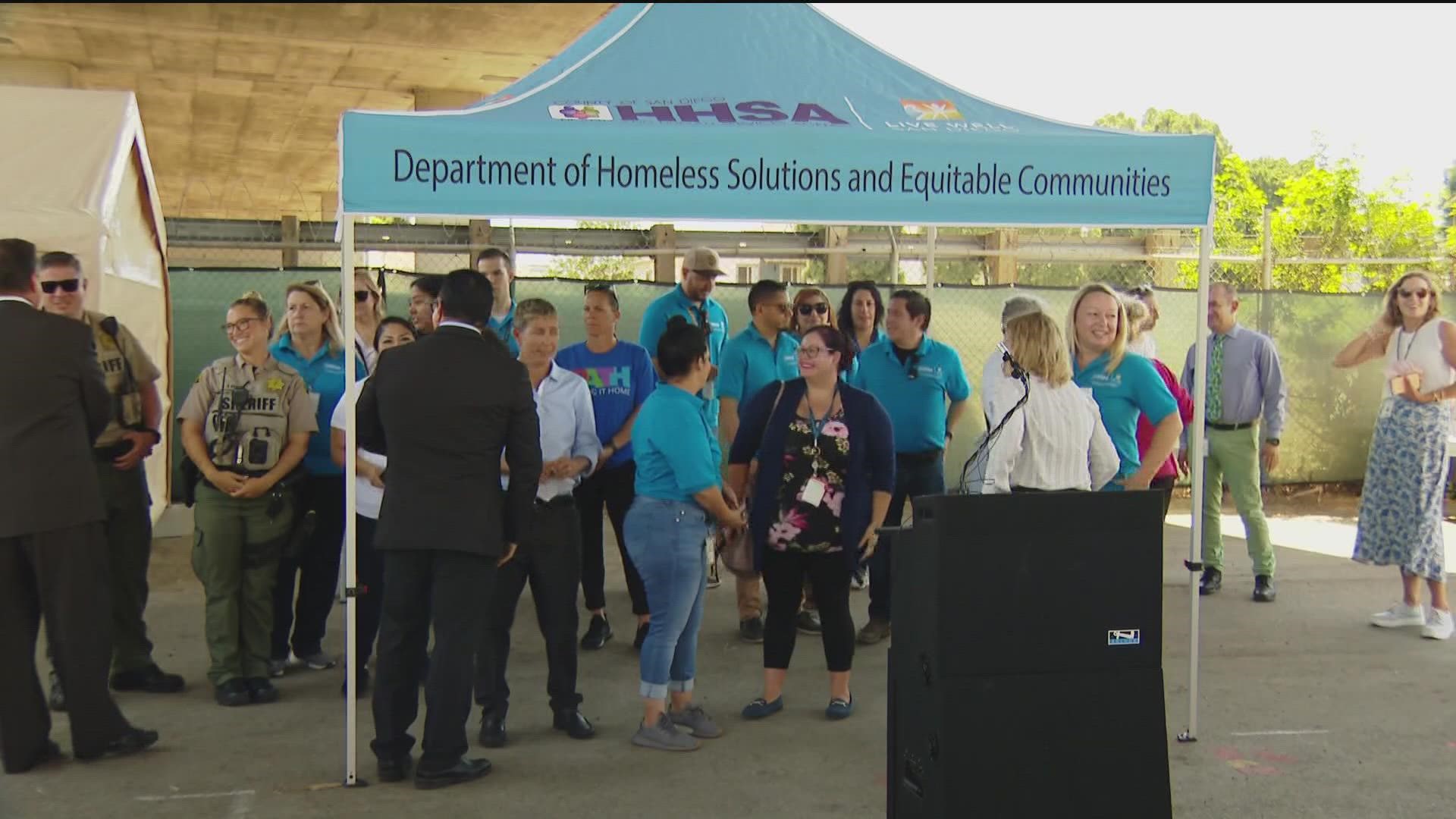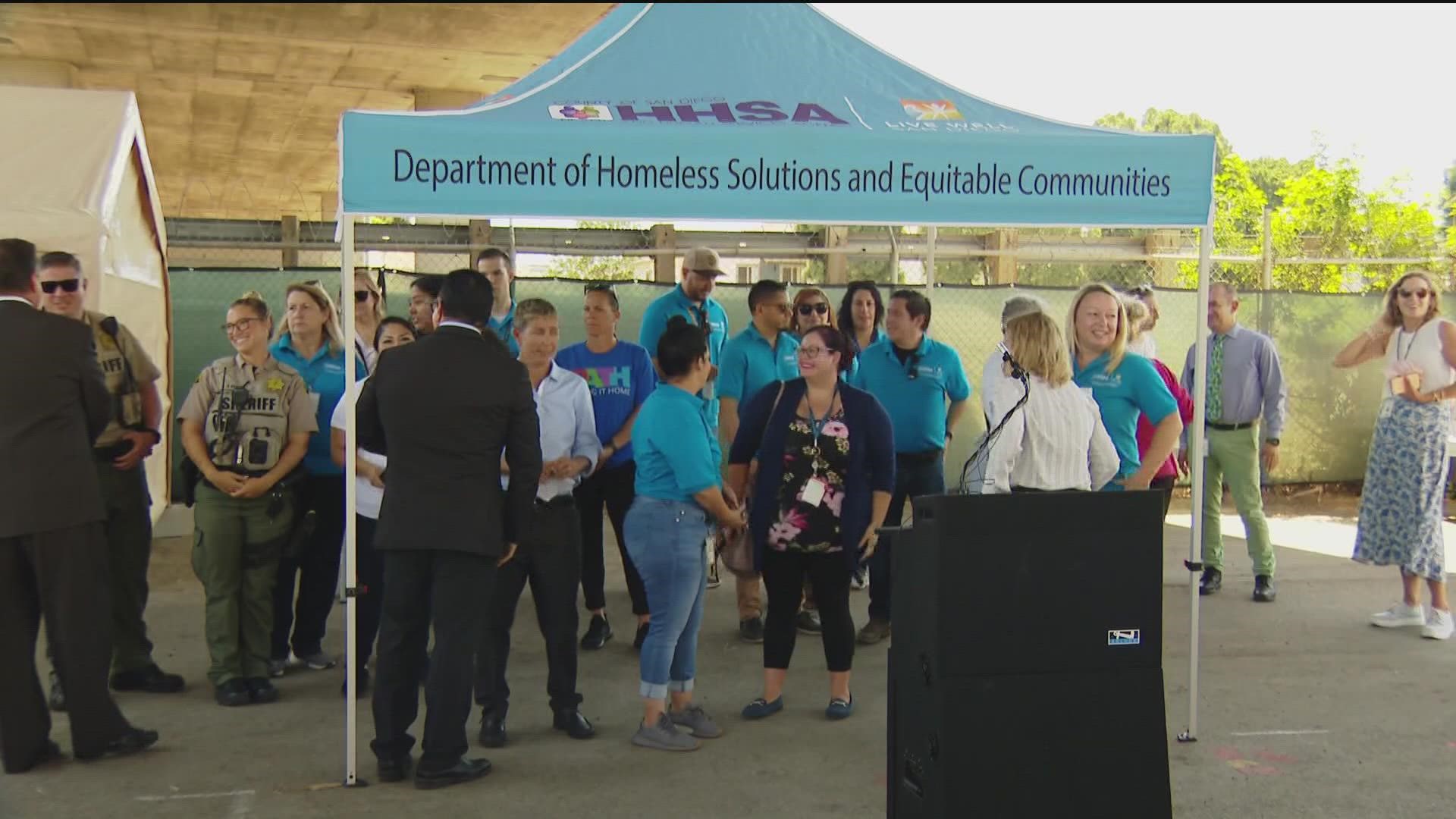Physical Address
304 North Cardinal St.
Dorchester Center, MA 02124
Physical Address
304 North Cardinal St.
Dorchester Center, MA 02124

If you’re homeless and need to sleep in your car, try Walmart parking lots or 24/7 gyms. Rest areas and truck stops are also common options for overnight parking.
Finding a safe place to rest when you’re facing homelessness can be a challenge, but your car can offer a temporary shelter. Safety and legal considerations should guide your choice of location. Walmarts across the country are known for allowing overnight parking, though it’s worth checking with store management first.
Similarly, gym parking lots, particularly those open around the clock, may tolerate overnight guests, especially if you have a membership. Truck stops and highway rest areas can work as well, offering a place among other travelers, but stay aware of any restrictions. Always look for well-lit areas and be cautious of local ordinances that may prohibit sleeping in vehicles overnight. Connecting with local support services can also provide guidance and potentially more stable options for parking and sleeping.

Credit: www.crainsnewyork.com
For many facing homelessness, a car is not just a mode of transport; it’s a makeshift home. The challenges are many—privacy, safety, and hygiene, to name a few. Yet, with rising housing costs, sleeping in a car has become a reality for an increasing number of people. This segment explores the intricacies and challenges of car living.
Rise in Vehicle ResidencyVehicle residency is on the upswing. Escalating rent and housing shortages have pushed many to live in vehicles. This option offers a roof, albeit temporary. Numbers from urban areas suggest a significant rise in people turning to their cars for shelter.
Challenges Faced by the Car HomelessRestricted amenities impact daily life considerably. Additionally, being constantly on the move can add to mental stress and exhaustion. Despite these hardships, car living remains a go-to refuge for the desperate.
Navigating the legal landscape for sleeping in cars is crucial for those without a home. Knowing where it’s permissible to rest can provide a measure of security. Yet, laws vary significantly across different areas. Understanding these legal nuances is essential for anyone seeking a safe spot to park and sleep.
Laws about sleeping in vehicles are not universal. They fluctuate widely depending on the location. Some cities have embraced this need and offer designated parking areas for overnight stays. Others enforce strict no-sleeping ordinances. It’s vital to check the specific regulations of each city or county.
Failing to adhere to local laws can lead to penalties. Tickets, towing, and even arrest are possible consequences for illegal parking. It is essential to understand area-specific restrictions to avoid these outcomes.
| Consequence | Typical Scenario |
|---|---|
| Fines | Parking in prohibited zones |
| Towing | Overstaying time limits |
| Arrest | Repeated offenses or restricted areas |
Staying informed on the latest ordinances in your intended rest area is the best preparation. Locations and regulations are subject to change, and an up-to-date understanding of these laws can help secure a safer night’s sleep in your car.
Unexpected situations may turn a car into a temporary home. For those facing homelessness, finding a safe place to sleep is crucial. Outlining safe and legal overnight parking spots helps ensure a more secure rest.
Many Walmart stores generously allow overnight parking for RVs and cars. Yet, not all locations offer this convenience.
Contact store management or check the store’s policies before settling down for the night. Presence of security patrols might enhance safety.
Most rest stops permit overnight parking but only for a limited time. Usually, 8 to 24 hours are considered acceptable.
Rest stops provide restroom facilities, and often security, adding to your peace of mind. Be sure to pay attention to all posted signs regarding parking regulations.
| Location | Allowed Duration | Amenities | Safety |
|---|---|---|---|
| Walmart Parking Lots | Varies by store | Limited | Store-dependent |
| Rest Stops | 8-24 hours | Restrooms | Often patrolled |
Note: Local laws concerning overnight parking differ widely. Always verify the rules in the specific area you choose to rest.
Being without a home is tough. Yet, many people find themselves living in their cars. You are not alone. There are communities and resources out there for support. They help car dwellers like you find safe places to sleep.
Connecting with fellow car dwellers is vital. They share tips and spots that are car-sleeper friendly. Social media groups and online forums are good for finding these networks.
Many organizations understand your situation. They work to provide safe sleeping locations and support.
| Organization | Services Provided |
|---|---|
| Safe Parking Programs | Designated lots for overnight parking |
| Local Shelters | Temporary sleeping provisions |
| Outreach Programs | Resources like food, blankets, and hygiene kits |
Visit websites like Homeless Shelter Directory or call 2-1-1 for support near you.
When facing homelessness, finding a place to sleep in your car requires careful consideration. Strategies for safety and etiquette are paramount. Not only do these strategies ensure your own well-being, but they also minimize the impact on the communities where you find shelter for the night.
Being discreet keeps you safe and avoids drawing unwanted attention from residents or law enforcement. Choose parking spots that blend in with the surroundings. Avoid brightly lit areas but stay close enough to places where you can seek help if needed. Use car shades or curtains to block the windows for privacy. Most importantly, arrive late and leave early to maintain a respectable presence.
Prioritizing personal hygiene is essential, not just for health, but also to maintain a sense of dignity. Find public restrooms or invest in a portable toilet. Keep a stash of hygiene products like wet wipes, sanitizer, and garbage bags. Dispose of waste properly to maintain cleanliness in the vicinity.
| Sanitation Item | Usage |
|---|---|
| Wet wipes | Personal cleanliness |
| Hand sanitizer | Disinfecting hands |
| Garbage bags | Waste disposal |
Leave no trace behind. This ensures you’re respecting the community and are welcome to return.

Credit: www.cbs8.com
Living in a car is often a temporary fix. Finding stability outside of your vehicle is key. We’ll explore ways to transition and plan for a brighter future. Moving from car living to a more permanent home does not happen overnight, but it is possible.
Securing a permanent shelter should be your top goal. Here’s a starter plan:
Reach out to social services for assistance. They often provide tools to ease this transition.
Financial planning paves the way to housing. Start with creating a budget plan.
Open a bank account if you don’t have one. It’s safer and helps you manage money better.
Consider seeking financial counseling. Many services are free and help you make informed decisions.

Credit: www.bloomberg.com
In many places, it is legal to sleep in your car, but laws vary by city and state. Always check local ordinances to avoid fines or legal issues.
Safe places for overnight parking include Walmart parking lots, certain rest areas, and 24-hour gyms or supermarkets. Prioritize well-lit areas and check for any posted restrictions.
To stay warm, use insulated sleeping bags, wear thermal clothing, and utilize heat packs. Avoid running the car’s engine for heat due to the risk of carbon monoxide poisoning.
Yes, many truck stops allow overnight parking for cars as well and offer amenities like showers and restaurants. Ensure to park in the designated area for cars.
Navigating homelessness presents unique challenges, with safe sleep being a top concern. We’ve explored various legal and secure locations for overnight car stays, from rest areas to Wal-Mart parking lots. Remember, safety and legality should guide your choice. Check local ordinances and seek assistance from support organizations as you plan your next steps toward finding a stable living situation.